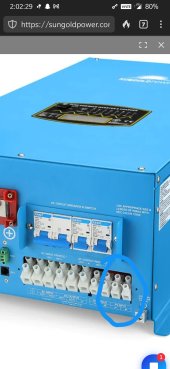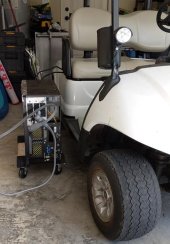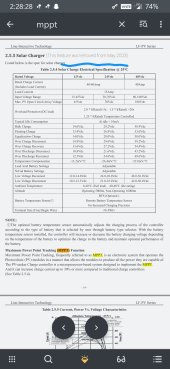No, those are extreme loads. If building a true off-grid system where all home loads are being powered by a single inverter with no access to grid power, LF is almost certainly the better choice than HF.
If only powering a modest CL panel with known loads of modest consumption, different use-case entirely.
On my case, I’m only trying to take my fridges/freezers off-grid. As long as I have an HF inverter with sufficient surge capacity to start each fridge/freezer while all others are running, I should be fine.
The compressor had an 11X locked rotor current, which is the highest I’ve ever heard of.
Average load for all 5 of my fridges and freezers is 400W and the largest one has locked rotor power of less than 11 x 200W = 2200W.
So a 2600W HF inverter should probably handle my CLs just fine.
I’ve got a 3000W WZRELB inverter currently and am toying with the idea of getting a 5+5kW split-phase model.
But part of the rationale of getting a higher-powered split phase inverter was to have the freedom to move other frequent loads such as the toaster oven and coffee maker off-grid, and that was a good video for bringing the importance of power-budgeting home.
5kW per leg gets chewed up awfully quickly at 1800W per bite…








